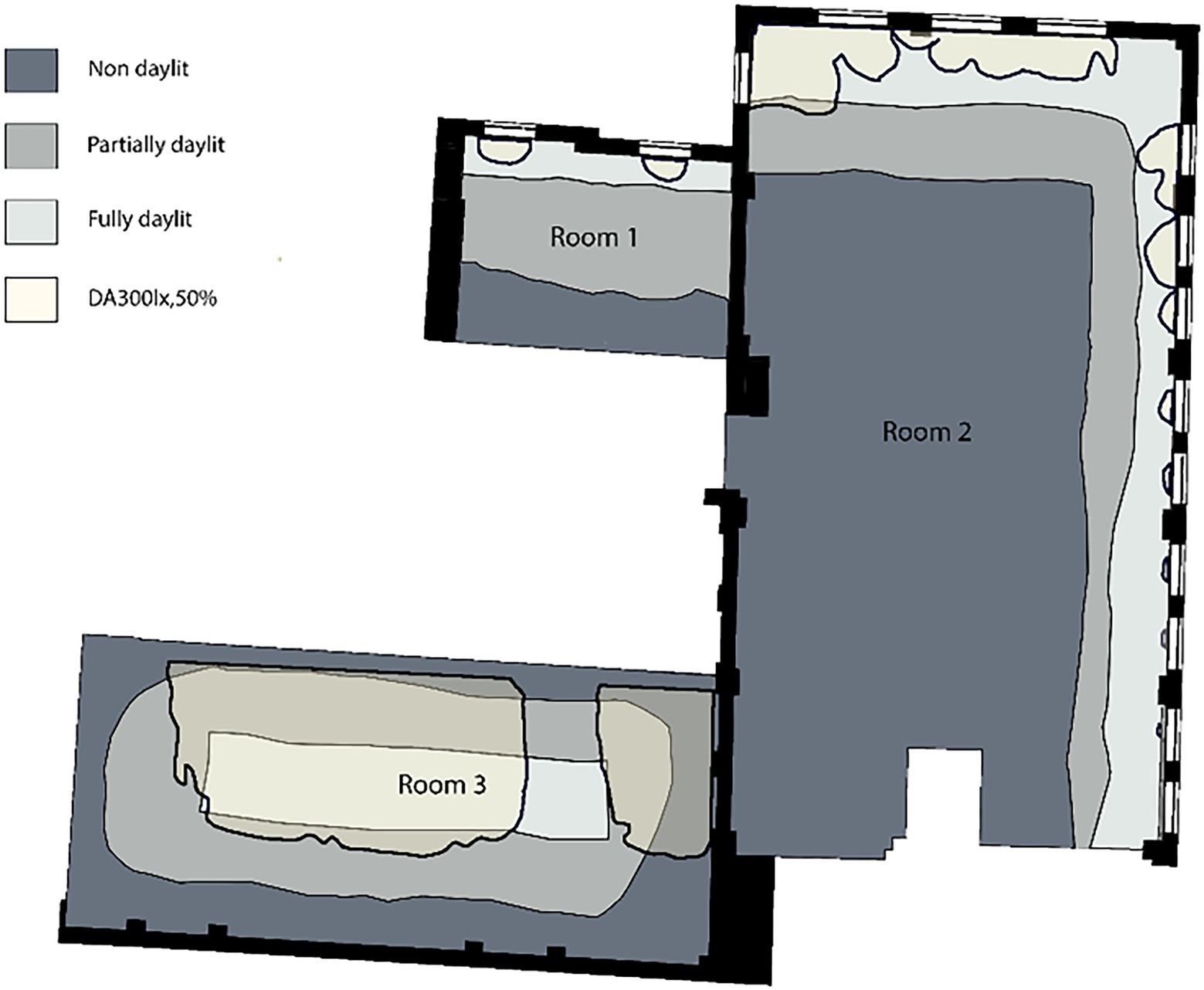Chasing after Sunlight: The Artwork and Science regarding Daylight Surveyors

In an period where sustainable structure and urban preparing are becoming increasingly essential, the art and science of daytime surveying play some sort of crucial role throughout designing spaces of which harmoniously blend the built environment using natural light. Sunlight surveyors are typically the unsung heroes powering the scenes, making use of advanced techniques in addition to software to evaluate how sunlight interacts with buildings and even landscapes. Hop over to this website improves the aesthetic appeal regarding structures but also significantly impacts vitality efficiency, occupant wellbeing, and overall environment sustainability.
As cities keep on to grow and develop, the require for effective daylight surveys has never ever been more pressing. These assessments assist architects and planners create spaces that maximize natural mild while minimizing overshadowing and glare. By understanding the dimensions associated with daylight factor plus its implications regarding building design, stakeholders can make educated decisions that prospect to healthier in house environments and enhanced quality of living for residents and even workers alike. Regardless of whether you are the developer, an architect, or simply a homeowner, exploring the particulars of daylight surveys reveals a path toward more radiant, sustainable, and exciting spaces.
The significance of Sunlight Surveys
Daylight surveys will be essential in the particular realm of creating design and style and urban planning, as they supply critical insights into the amount of all-natural light that various spaces receive. By evaluating both daylight access and possible overshadowing, these studies help architects in addition to planners ensure that they will are creating environments that are certainly not only pleasing but also functional. The mixing of natural gentle into buildings could significantly enhance the overall experience with regard to occupants, so that it is crucial to assess daylight availability during the particular design phase.
Furthermore, daylight surveys play some sort of pivotal role inside enhancing energy efficiency in buildings. By simply maximizing the use of natural light, designers can decrease reliance on man-made lighting, which reduces energy consumption plus operational costs. This kind of shift towards energy-efficient designs not just rewards the environment through reduced greenhouse petrol emissions but furthermore aligns with typically the growing demand for environmentally friendly building practices. Integrating daylight surveys into the design process fosters a healthy method of energy administration in buildings.
In add-on to energy performance, the implications of daylight surveys prolong to planning permissions and regulations. Numerous local authorities need daylight assessments in order to ensure that brand new developments do not adversely impact the existing built surroundings. By conducting complete daylight surveys, designers can proactively tackle potential issues related to light access and overshadowing, ultimately causing smoother approval processes. Ultimately, these surveys are a essential tool for advancing responsible development that will respects both the natural environment and community needs.
Maximizing Energy Efficiency and even Wellbeing
The integration involving daylight surveys within building design plays a crucial role in enhancing energy productivity, and also improving occupant wellbeing. By precisely assessing natural light levels, architects and designers can strategically position windows in addition to other openings to maximize solar gain. This method reduces the reliance on artificial lighting, leading to reduce energy consumption and even utility costs. While buildings consume the significant portion of worldwide energy, optimizing daytime not only has contributed to sustainable procedures but also aligns with environmental responsibilities.
Furthermore, ample daylight direct exposure is linked to improved physical in addition to mental health between occupants. Natural gentle is recognized to boost disposition, enhance productivity, plus regulate circadian tempos, which often can guide to better sleep patterns and total wellbeing. When daytime surveys identify effective ways to introduce a lot more natural light into spaces, such since offices and home areas, the result is some sort of healthier and more welcoming environment. This emphasis on wellbeing is now increasingly important in modern building design.
Integrating daylight surveys in addition influences the design and style of communal and shared spaces, endorsing a more radiant atmosphere that encourages social interaction. Well-lit areas encourage visitors to gather, enhancing the particular social fabric involving communities. By prioritizing natural light by means of these assessments, builders can produce environments of which not only meet energy efficiency objectives but also raise the quality associated with life for citizens and users as well. This dual focus on energy effectiveness and occupant wellbeing is essential with regard to sustainable urban preparing and development.
Daytime Surveys in Downtown and Architectural Preparing

Daytime surveys play a new crucial role throughout urban and architectural planning by assessing how sun light interacts with built environments. Understanding sunlight publicity is essential regarding creating spaces that are not just aesthetically pleasing but likewise functionally effective. These kinds of surveys provide makers and urban planners with quantitative info, enabling them to help make informed decisions about building configurations, orientations, and materials to optimize daylight gain access to in their designs.
Typically the incorporation of daytime surveys significantly increases energy efficiency throughout buildings. By studying the natural lighting obtainable in a specific area throughout diverse times of your day and seasons, architects can reduce reliability on artificial light. Not only does this lowers energy costs but furthermore supports sustainable constructing practices that arrange with modern environmental standards. As downtown areas continue to densify, the require for efficient employ of daylight becomes even more essential in minimizing general energy consumption.
Furthermore, daytime surveys contribute in order to occupant well-being by simply fostering healthier in house environments. Sun light improves mood, productivity, in addition to overall quality lifestyle. Regarding urban planners, ensuring adequate daylight accessibility is essential for creating vibrant communities. Simply by analyzing the effects of recent developments on surrounding properties, daytime surveys help avoid overshadowing and keep a balanced light supply, which is important for urban livability and satisfaction amidst residents and businesses alike.
